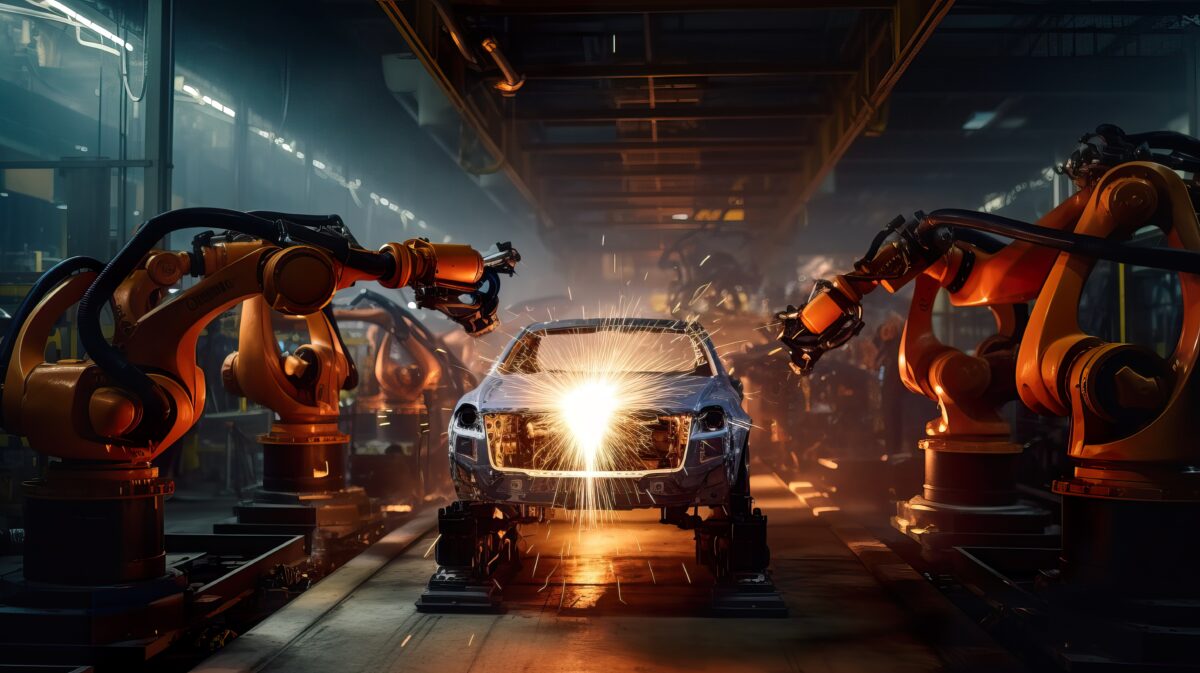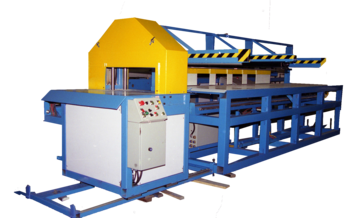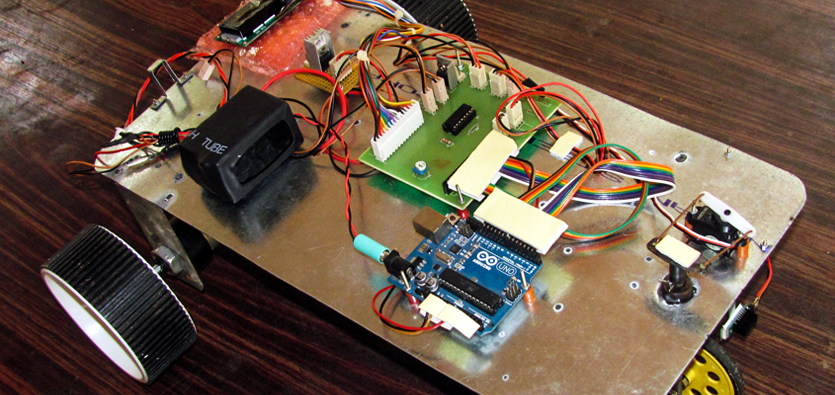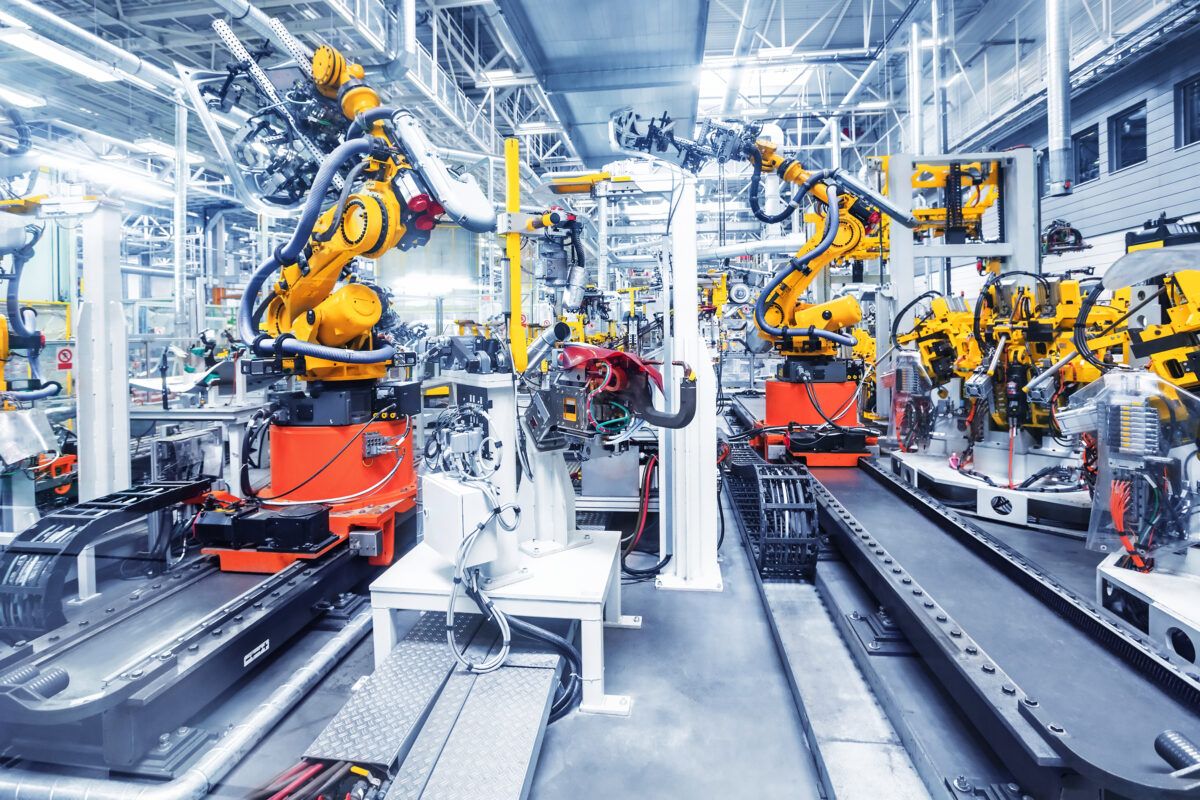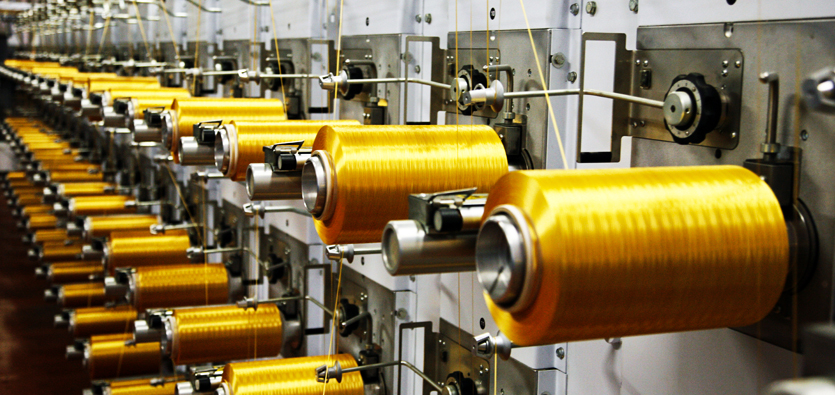In today’s fast-paced business landscape, optimizing production efficiency is crucial for staying competitive and achieving growth. Whether you’re a manufacturer, a service provider, or part of any other industry, streamlining your production processes can lead to cost savings, improved quality, and enhanced customer satisfaction. In this blog post, we’ll delve into effective strategies that can help you increase production efficiency and drive your business towards success.

Comprehensive Process Analysis:
Begin by conducting a thorough analysis of your production processes. Identify bottlenecks, redundancies, and areas where delays commonly occur. This analysis will provide you with a clear understanding of the entire production lifecycle and where improvements are most needed.
Lean Manufacturing
Adopting lean manufacturing principles is an excellent way to enhance production efficiency. By minimizing waste and focusing on value-added activities, you can optimize your processes. Techniques like 5S (Sort, Set in order, Shine, Standardize, Sustain), Kanban, and Just-in-Time (JIT) production can help reduce excess inventory, decrease lead times, and enhance resource utilization.
Invest in Automation
Automation technologies have revolutionized production efficiency across industries. Identify tasks that can be automated, such as repetitive manual processes or data entry tasks. Robotics, Artificial Intelligence (AI), and Internet of Things (IoT) devices can significantly increase the speed and accuracy of production while reducing the risk of human error.
Effective Workforce Management
Your employees play a crucial role in production efficiency. Ensure they receive proper training to perform their tasks efficiently and safely. Encourage a culture of continuous improvement, where employees are empowered to suggest process enhancements and innovations. Moreover, efficient workforce scheduling can prevent overstaffing and understaffing issues.
Supply Chain Optimization
A well-organized supply chain is essential for smooth production operations. Collaborate closely with suppliers to ensure timely deliveries of raw materials and components. Consider adopting a vendor-managed inventory system to maintain optimal stock levels without overburdening your warehouse.
Implement Quality Control Measures
Quality control is pivotal in preventing defects and rework, which can slow down production. Implement robust quality control processes at various stages of production to catch and address issues early. This will not only reduce waste but also enhance customer satisfaction.
Data-Driven Decision Making
Harness the power of data analytics to make informed decisions. Implement Key Performance Indicators (KPIs) to monitor production metrics such as cycle time, throughput, and defect rates. Analyzing these metrics can help you identify patterns, spot areas for improvement, and make adjustments in real-time.
Continuous Improvement Culture
Creating a culture of continuous improvement is at the heart of increasing production efficiency. Encourage cross-functional teams to brainstorm ideas, share insights, and collaborate on optimizing processes. Regularly review your production strategies and make adjustments based on new technologies, market trends, and customer feedback.
Flexible Production Planning:
Market demands can change rapidly, so having a flexible production planning strategy is crucial. Embrace agile methodologies that allow you to adjust production volumes and schedules in response to market fluctuations. This adaptability will help you avoid production inefficiencies caused by mismatched supply and demand.
Regular Equipment Maintenance
Well-maintained equipment is key to preventing unexpected breakdowns and delays. Implement a preventive maintenance schedule for your machinery to ensure they operate at their peak performance. Regular inspections and timely repairs will help you avoid production interruptions.
Increasing production efficiency requires a multifaceted approach that involves process optimization, technology integration, workforce empowerment, and continuous improvement. By implementing these strategies, businesses can not only enhance productivity but also create a foundation for sustainable growth and success in a competitive market. Remember, efficiency is not a one-time goal but an ongoing journey towards excellence. For more information about maximizing productivity and automation solutions contact us today.
